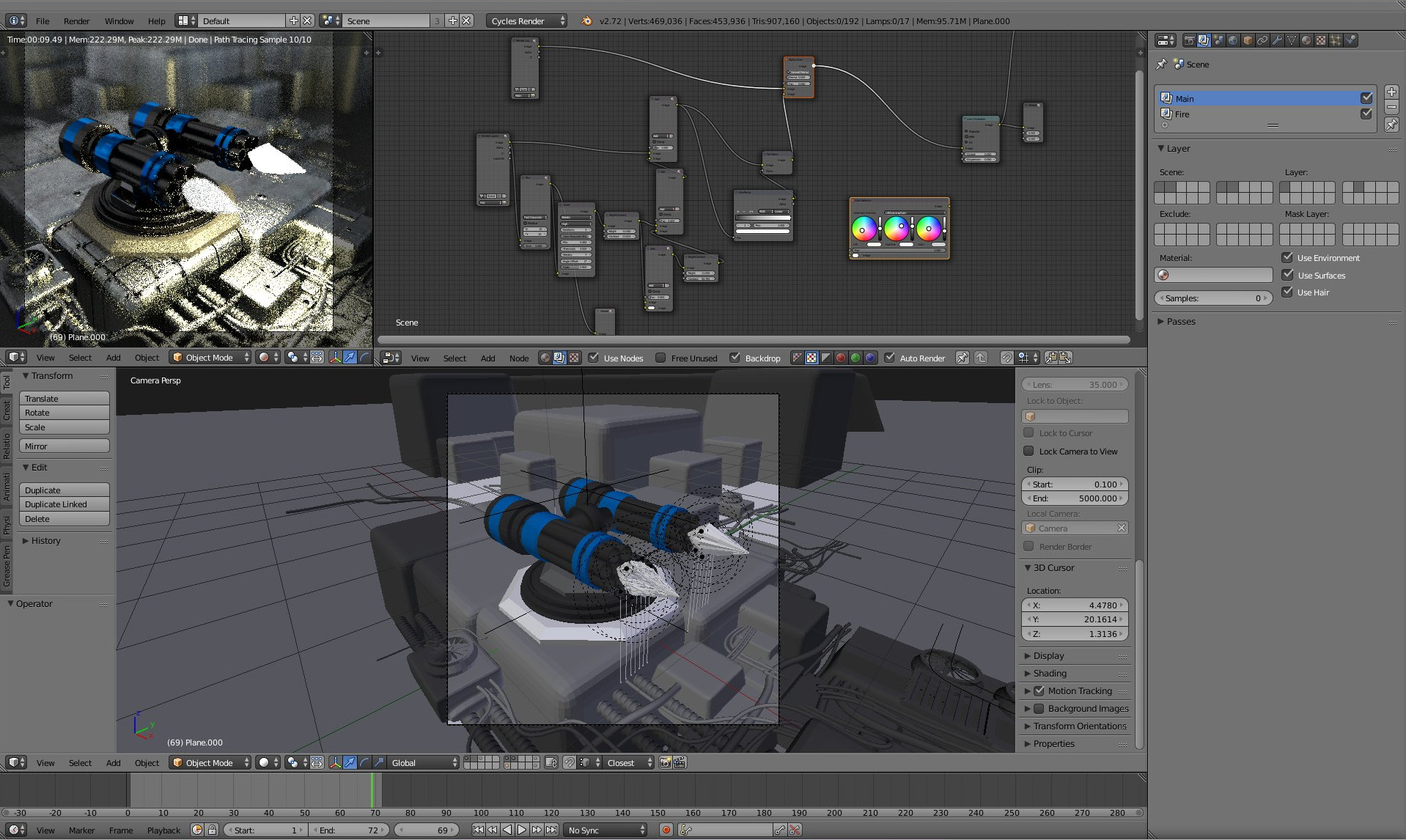

Give thickness to the saucer using the Extrude and Scale commands, as shown in the image. Then, with the Knife tool, create the hollow for the cup and extrude just a little along the Z axis. In this way we'll model only a quarter of the saucer. Now add a Mirror modifier along the X and Y axes, before enabling the Clipping button. Close the top of this mesh using the Extrude and Scale commands.Īdd a plane. In Edit mode, select the vertices inside the cup, duplicate them (Shift + D) and then separate them (P key > By Selection). The next task is modeling the coffee inside the cup. In Object mode set the shading to Smooth and add a subsurface modifier.

Extrude and scale along the Y axis, rotating and closing the handle using the Bridge Two Edge Loops command (Ctrl + E). Jump to Side view and select two quads on the side of the cup. Don't forget to model the inside of the cup. Continue to extrude and scale until you obtain a coffee cup shape.

Next jump into Edit mode (Tab key), select all the vertices and extrude (E key) along the Z axis. Step 1: Modeling the Cupĭelete the default cube and add a circle (16 sides). Save the photos in a folder and open Blender. Take some photos at the cafe (from the top view) and you can use them as textures. If possible, go to an Italian bar and order an espresso. Start by searching for some reference images (I used the coffee cups I have at home). In this tutorial will show you how "prepare" a great Italian coffee using Blender, Gimp and other open source ingredients. Here in Italy (especially in Naples) a coffee break is one of the most important moments of the day. Learn how to create a great Italian coffee using the open source software Blender, Gimp and Inkscape.


 0 kommentar(er)
0 kommentar(er)
